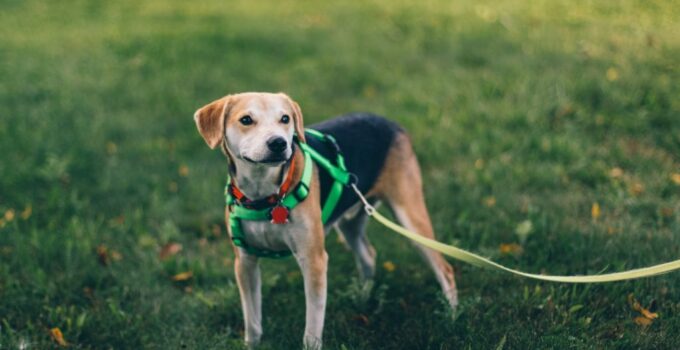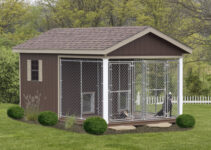When it comes to walking your furry friend, a well-fitted dog harness can make all the difference. Unlike traditional collars, harnesses distribute pressure evenly across your dog’s chest and shoulders, providing greater control and comfort during walks.
With the wide array of dog harnesses available in the market, choosing the right one can seem overwhelming. To ensure a perfect fit for your canine companion, here are five essential tips to consider when selecting a dog harness.
Page Contents
1. Measure Your Dog Correctly
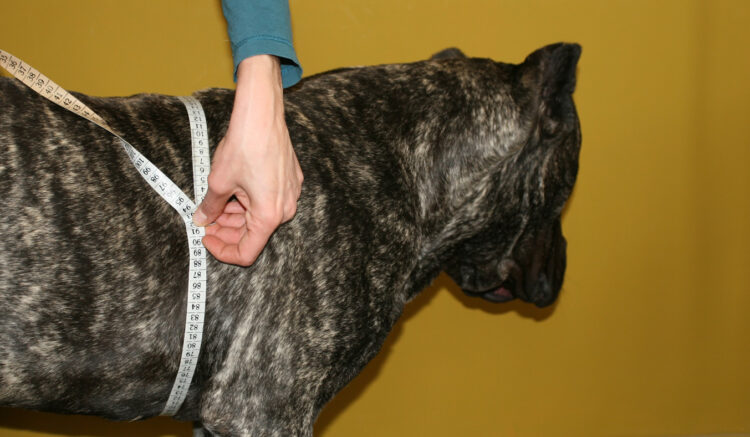
Source: harakhankennel.com
The first and most crucial step in choosing the right dog harness is to accurately measure your dog’s size. A harness that is too loose can result in your pet slipping out, while one that is too tight can lead to discomfort and chafing. To measure your dog for a harness, you’ll need a soft measuring tape.
Start by measuring around your dog’s chest, just behind their front legs, and snugly wrap the tape around the widest part of their ribcage. Make sure to keep the tape comfortably tight without being overly constrictive.
Note down this measurement in inches or centimeters. Most harnesses come with size guides provided by the manufacturer, so match your dog’s measurement to the appropriate size on the guide to find the best fit.
2. Choose the Right Type of Harness
Dog harnesses come in various styles, each designed for different purposes and body types. The three most common types are:
a. Back-Clip Harness
Back-clip harnesses have a D-ring on the back, which is where you attach the leash. These harnesses are easy to put on and are suitable for dogs who don’t pull excessively. They distribute pressure evenly across the chest, making them comfortable for most dogs.
b. Front-Clip Harness
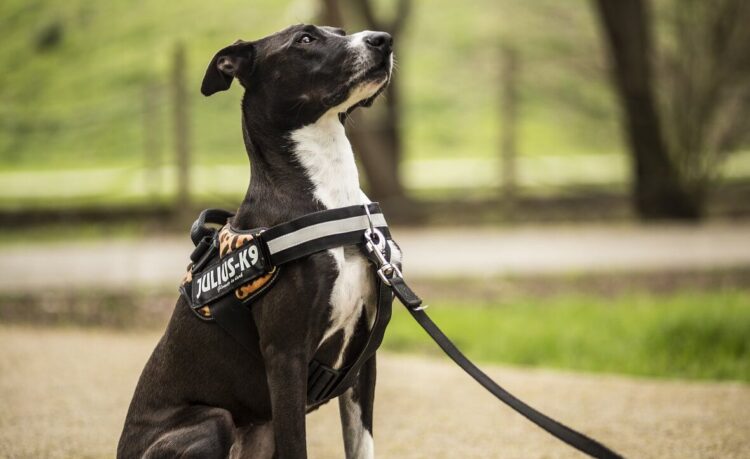
Source: julius-k9.co.uk
Front-clip harnesses have a D-ring on the chest area, right in front of the dog’s shoulders. These harnesses are effective for dogs that tend to pull during walks. When the dog pulls, the front-clip design redirects their attention towards you, making it more difficult for them to pull ahead.
c. No-Pull Harness
No-pull harnesses often combine both front and back attachment points. They are designed to discourage pulling and provide you with more control. The back attachment can be used for casual walks, while the front attachment helps prevent pulling behaviors.
Choose a harness style based on your dog’s behavior during walks. If your dog is well-behaved, a back-clip harness might be suitable. For dogs that tend to pull, a front-clip or no-pull harness could be more beneficial.
3. Consider Material and Comfort
Just as you would choose comfortable clothing for yourself, your dog’s comfort should also be a top priority. Look for a harness made from durable yet soft materials that won’t rub or irritate your dog’s skin. Nylon and padded mesh are commonly used materials that provide both durability and comfort.
Ensure that the harness has adjustable straps so you can achieve a snug fit without causing any discomfort. Check for any rough edges or stitching that might chafe your dog’s skin. Remember, a comfortable dog is more likely to enjoy walks and outdoor activities.
4. Test the Fit Properly
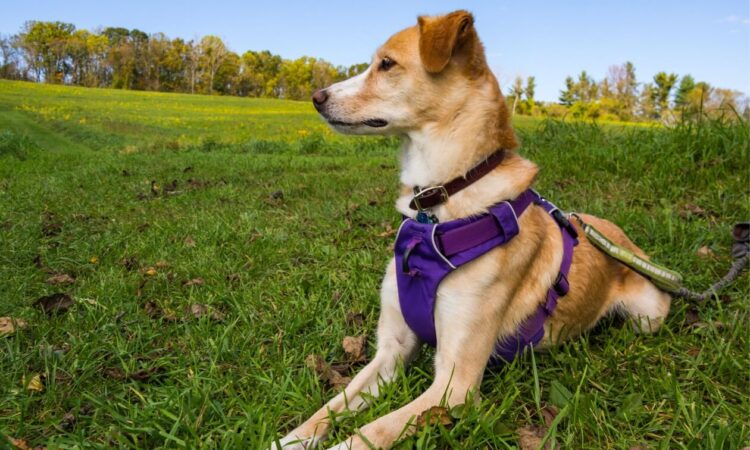
Source: zoetispetcare.com
Once you’ve chosen a harness, it’s essential to test the fit properly before heading out for a walk. Put the harness on your dog according to the manufacturer’s instructions. Make sure the harness fits snugly but not too tight. You should be able to fit two fingers comfortably between the harness and your dog’s skin.
Check for any signs of discomfort, such as chafing, redness, or excessive rubbing. Observe how the harness sits on your dog’s body as it moves around. A well-fitting harness should stay in place without restricting your dog’s movement or causing any discomfort.
5. Gradually Introduce the Harness
For some dogs, wearing a harness might be a new and potentially strange experience. To ensure a positive association, introduce the dog harness bundle gradually. Place the harness near your dog’s bed or feeding area, so they can sniff and investigate it on their own terms. Reward them with treats and praise when they show curiosity or interact positively with the harness.
Once your dog seems comfortable with the harness, try putting it on for short periods indoors. This will help them get used to the sensation and prevent them from associating the harness with only going for walks. Gradually increase the time your dog wears the harness until they are completely comfortable with it.
Conclusion
Choosing the right dog harness is a vital decision that can significantly impact your dog’s comfort and walking experience. By measuring your dog accurately, selecting the appropriate style, considering comfort and materials, testing the fit, and introducing the harness gradually, you’ll be well on your way to finding the perfect fit for your furry companion.
Remember that every dog is unique, so take the time to understand your dog’s needs and preferences to ensure enjoyable walks for both of you. If you are wondering what should you buy after getting a dog, worry not because our article will help you understand what items to buy for your dog providing a stress-free experience, especially for first-time owners.

